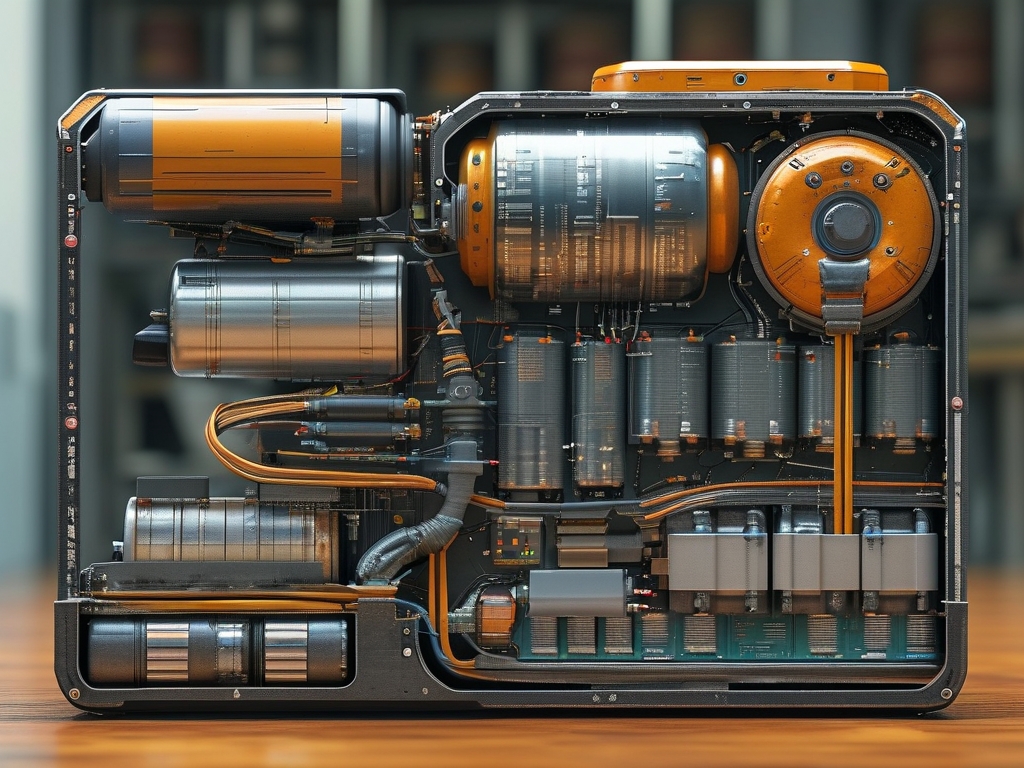The rapid evolution of robotics has transformed industries ranging from manufacturing to healthcare, yet the unsung hero enabling this revolution is battery technology. Robotic systems rely on efficient, durable, and lightweight power sources to perform tasks autonomously. This article delves into the principles of robotic battery technology, exploring its core components, operational mechanisms, and future innovations.

1. The Role of Batteries in Robotics
Batteries serve as the lifeblood of robots, providing the energy required for movement, computation, and sensory functions. Unlike consumer electronics, robots demand batteries that balance high energy density, rapid charging, and longevity. Industrial robots, medical assistants, and autonomous drones each have unique power requirements, necessitating tailored battery solutions. For instance, a warehouse robot may prioritize fast charging to minimize downtime, while a space-exploration rover needs extreme durability in harsh environments.
2. Core Principles of Robotic Battery Systems
a. Electrochemical Energy Storage
At the heart of robotic batteries lies electrochemical energy storage. Lithium-ion (Li-ion) batteries dominate due to their high energy density (150–250 Wh/kg) and efficiency. These batteries operate through the movement of lithium ions between a graphite anode and a metal oxide cathode during charging and discharging. Advanced variants, such as lithium polymer (LiPo) batteries, offer flexibility in shape and size, making them ideal for compact robots.
b. Thermal Management
Robotic applications generate significant heat during operation, which can degrade battery performance and safety. Effective thermal management systems-such as liquid cooling, phase-change materials, or passive heat sinks-are critical. For example, Tesla's Optimus humanoid robot incorporates active cooling to maintain optimal battery temperature during prolonged use.
c. Power Delivery and Efficiency
Robots require stable voltage and current to power motors, processors, and sensors. Battery Management Systems (BMS) monitor cell voltage, temperature, and state of charge (SOC) to prevent overcharging or deep discharge. Modern BMS units also optimize energy distribution, extending battery life by up to 20%.
3. Cutting-Edge Battery Technologies for Robotics
a. Solid-State Batteries
Solid-state batteries replace liquid electrolytes with solid alternatives, offering higher energy density (up to 500 Wh/kg) and improved safety. Companies like Toyota are integrating these batteries into robotic systems to enhance runtime and reduce fire risks.
b. Flexible and Wearable Batteries
Soft robotics, such as exoskeletons or medical implants, benefit from flexible batteries. Researchers at MIT have developed stretchable lithium-ion cells that maintain performance even when bent or twisted, enabling seamless integration into deformable robotic structures.
c. Hydrogen Fuel Cells
For heavy-duty robots, hydrogen fuel cells provide a zero-emission alternative. These cells generate electricity through the reaction of hydrogen and oxygen, offering rapid refueling and extended operation. Hyundai's robotic exoskeletons for logistics utilize this technology for 12-hour continuous operation.
4. Challenges and Limitations
Despite advancements, robotic battery technology faces hurdles. Energy density remains a bottleneck for small drones and nanorobots. Additionally, recycling lithium-ion batteries poses environmental concerns, driving research into biodegradable or recyclable materials. Cost is another barrier; solid-state batteries remain prohibitively expensive for widespread adoption.
5. The Future of Robotic Batteries
Emerging trends include wireless charging systems for autonomous robots, such as WiBotic's resonant charging pads used in warehouse fleets. AI-driven energy optimization algorithms are also gaining traction, enabling robots to predict and adapt to power demands dynamically. Meanwhile, research into biohybrid batteries-using organic compounds for energy storage-promises eco-friendly solutions.
6.
Robotic battery technology is a cornerstone of modern automation, blending electrochemistry, materials science, and engineering. As robots become more sophisticated, the demand for smarter, safer, and more sustainable power sources will intensify. Innovations in solid-state electrolytes, flexible designs, and AI-integrated management systems will shape the next generation of robotic energy solutions, unlocking possibilities once confined to science fiction.

Word count: 1,023









